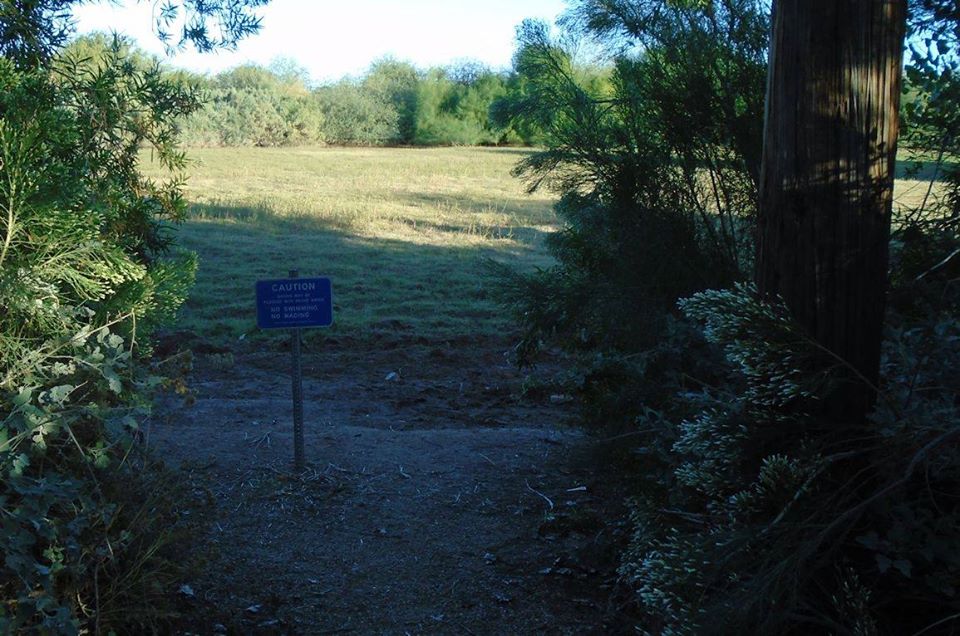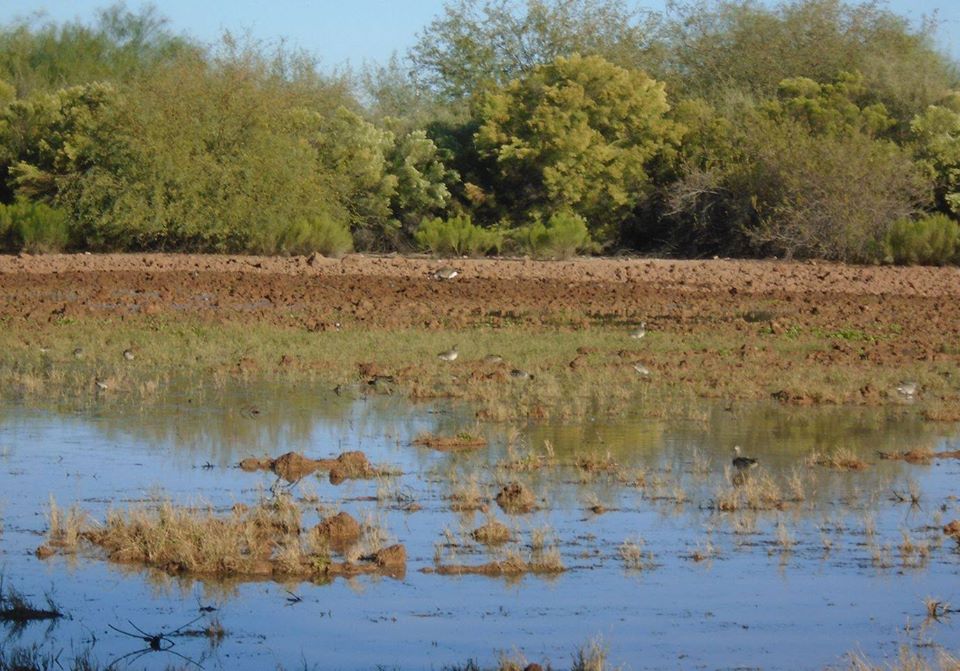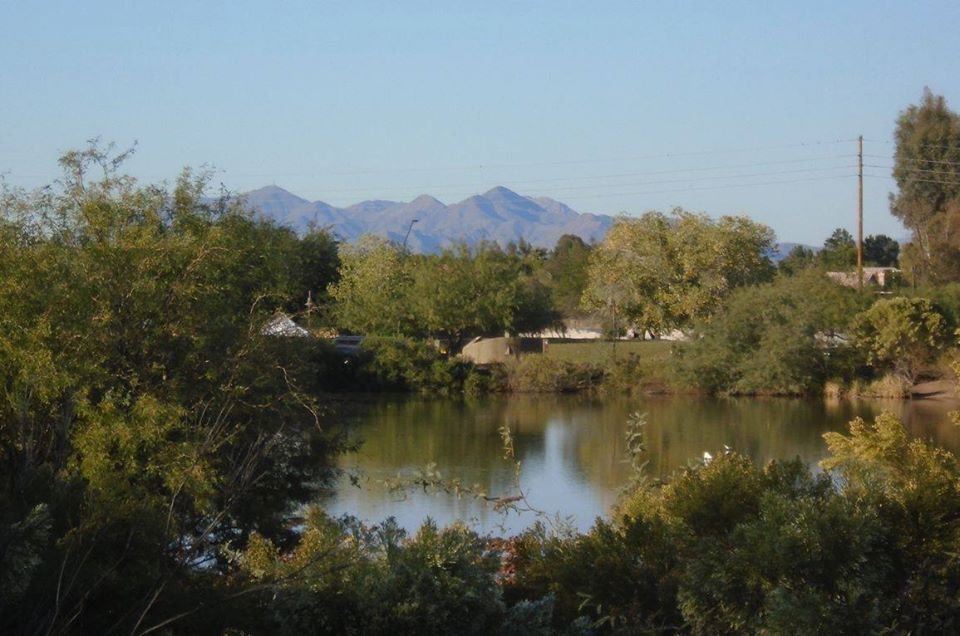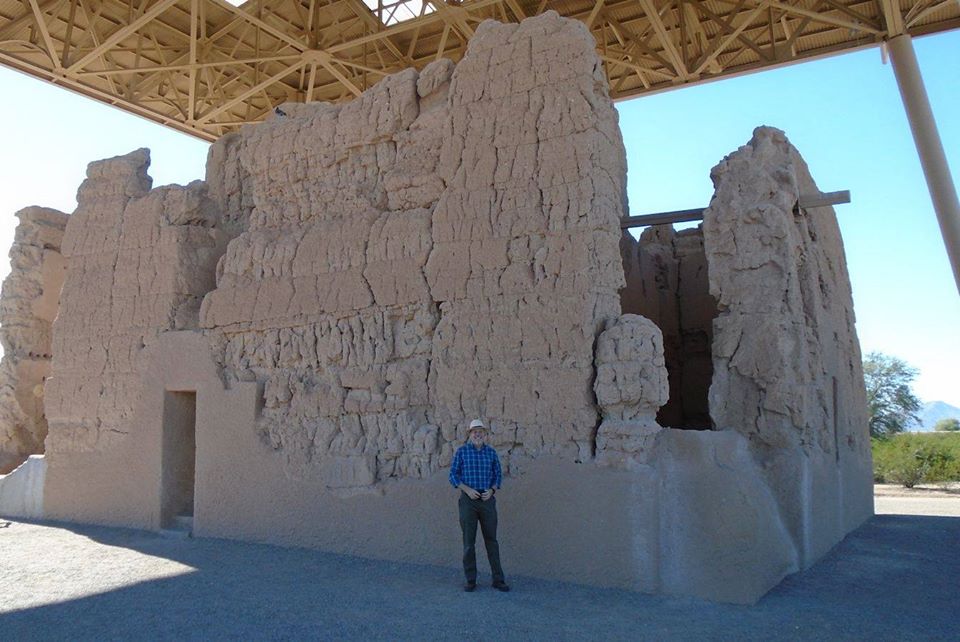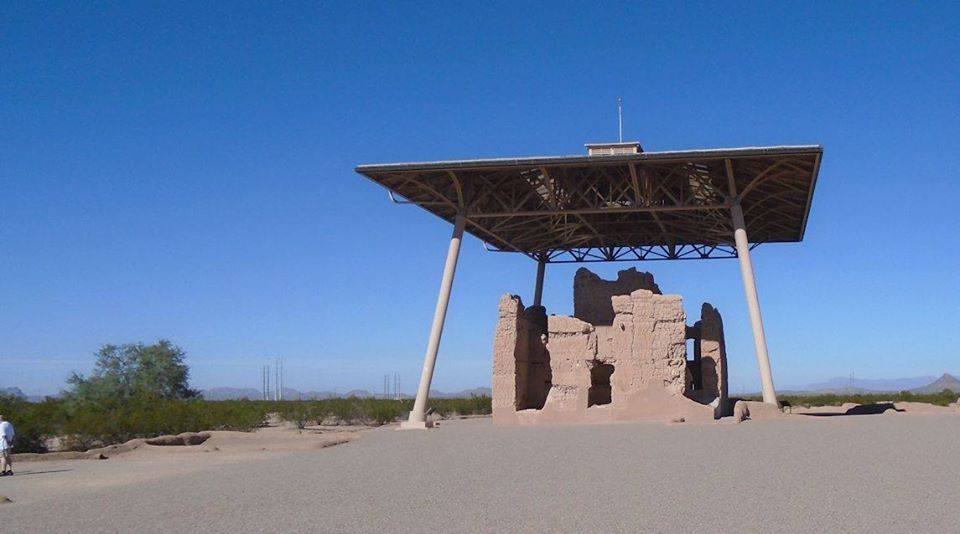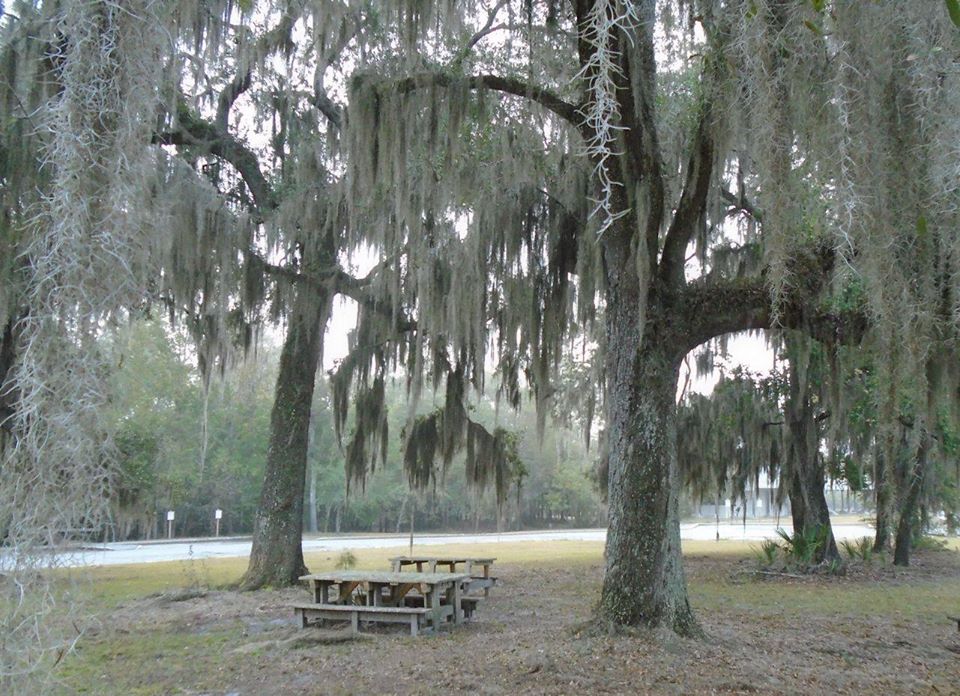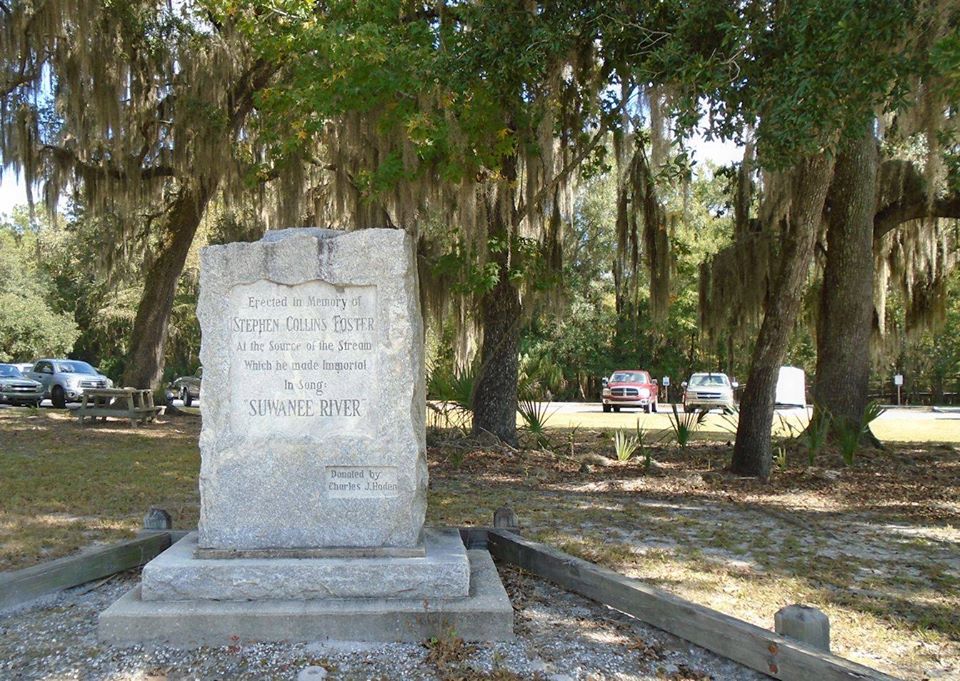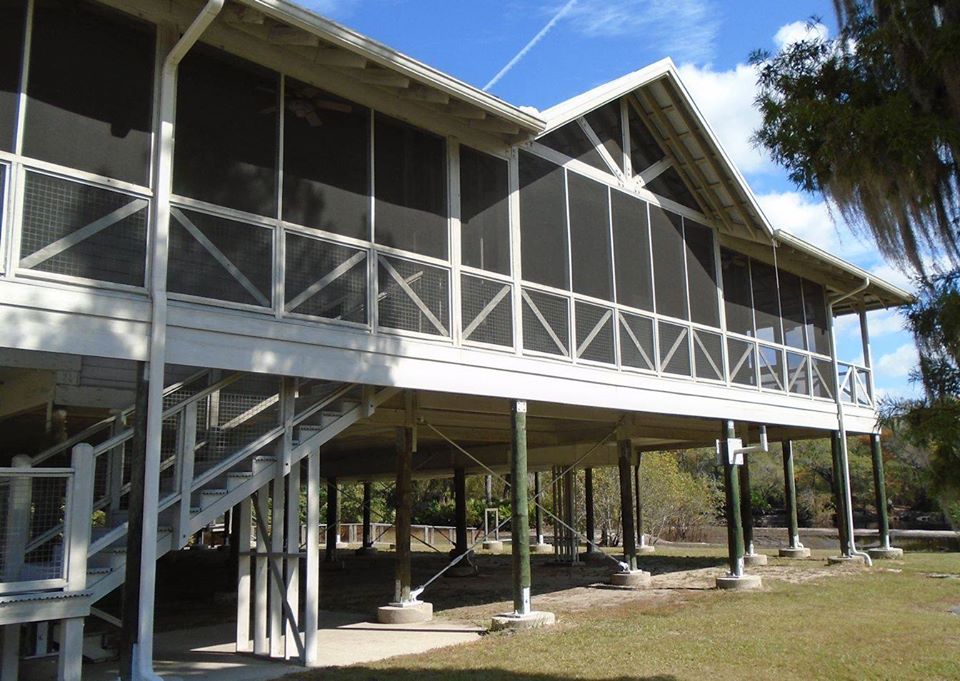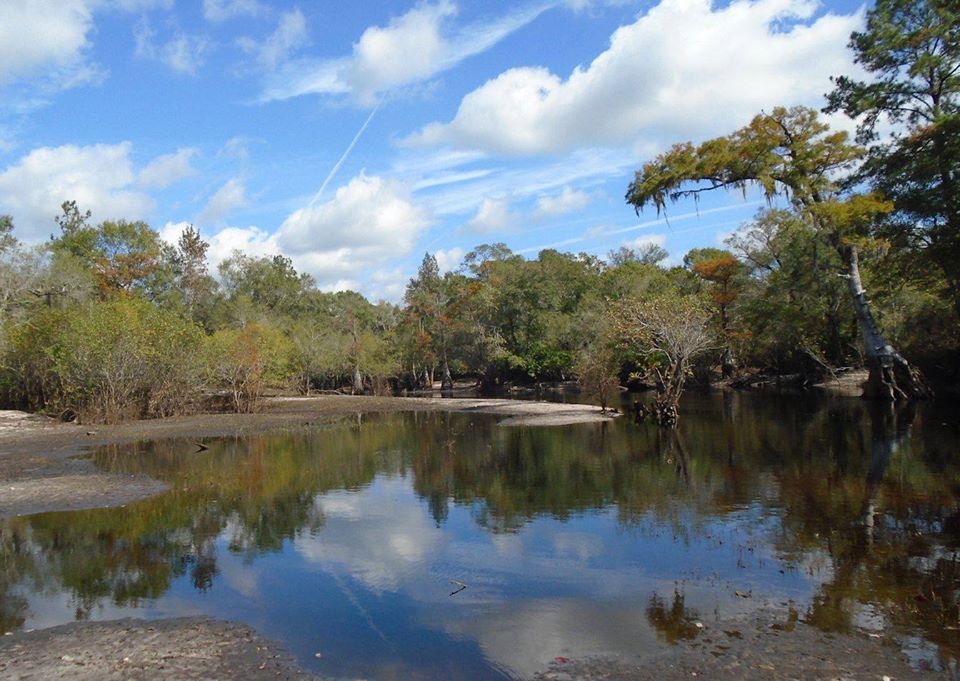
Frank Lloyd Wright had lots of good ideas but most didn’t work well. The irony is that he claimed to want to build houses for the common man and used inexpensive materials to do so, but demanded everything be essentially custom made, thereby making it impossible for the common man to afford his houses.

We went to visit the David and Gladys Wright house in Phoenix. It is beautiful to look at, but uncomfortable to live in. Frank Lloyd Wright has a few trademarks, some he wanted; others just happened. Among the unintended bugs were roofs and windows that usually leaked. The unique materials and angles made that likely. You can see the leak damage in my third picture below. Notice also that none of the boards are the same size. Each had to be custom cut and fitted. Built in furniture and indirect lighting were features, not bugs. They made it hard to read or sit comfortably, as Wright did not want to allow furniture to be moved or lamps employed. You were supposed to live in the house the way Frank Lloyd Wright designed you to live in it.

Chrissy likes the look of Frank Lloyd Wright buildings and I do too. They are beautiful, like big works of art. But I think that a house should not be a work of art. It should be a home and be changeable depending on the needs of the current occupants, and it should be reasonably easy to maintain. I suppose you can apply the general axiom to FLW homes. They are nice places to visit, but you wouldn’t want to live there.



